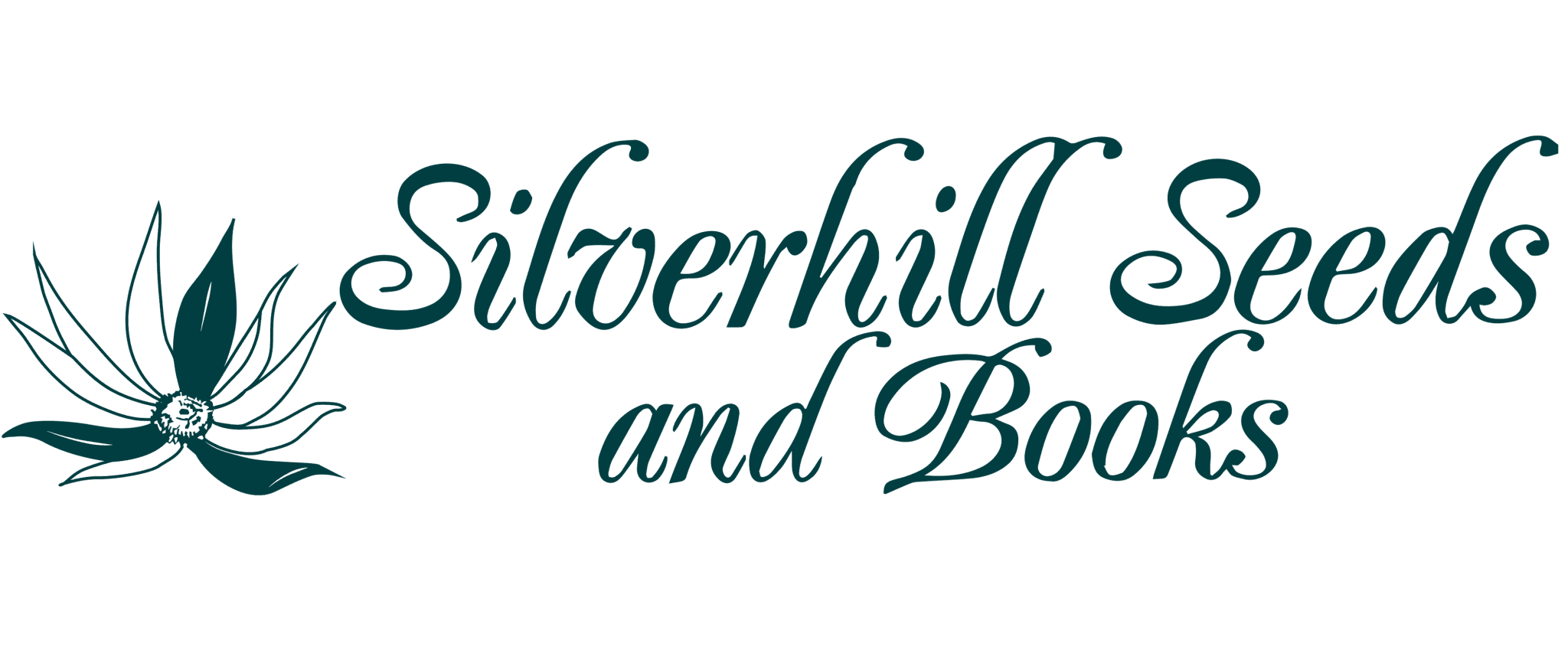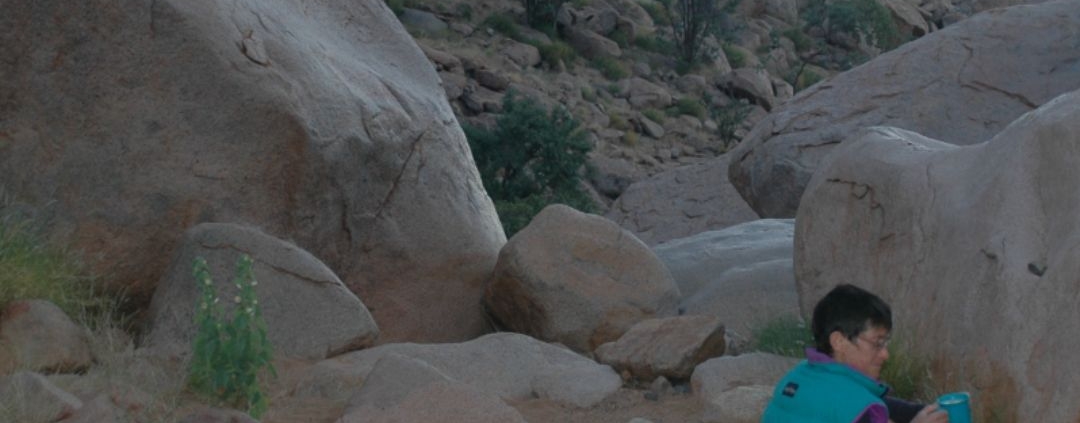From the Archives: Newsletter July 2011
January 2011
Dear Customer
All our newsletters start with the weather – most important for gardeners and plant enthusiasts. The SW Cape had reasonable rain this winter, but despite that, our storage dams are not full and are hovering around 93%, lower than usual for this time of year. The rains started in May with a big cold front & near torrential rains in the Cape. This front moved north and east bringing rain to Namaqualand and the Garden Route, but it was almost the only one during the winter that did, resulting in extremely dry conditions everywhere north and east of Cape Town. Cape Town received regular rain until July when it dried up completely. The whole of July and August were dry with rain commencing again in September and continuing until a week or so ago, but really only in the immediate surroundings of Cape Town. Many of the bulbous plants in the veld went dormant prematurely, and those that did manage to flower, did so reluctantly.
Earlier this year we revisited the Brandberg in Namibia. In May last year everything was saturated with rain and the vegetation was tall and lush – this year it was fiercely dry and in many areas not a drop of rain had fallen all summer. This meant no annuals, none of the fascinating Cucurbitaceae on the road verges, and virtually no grass. What a contrast – we wonder quite how the vegetation copes with these extremes. Presumably seeds of annuals & grasses have long dormancy mechanisms to cope with these dry periods, but how do the many trees & shrubs with much higher water requirements survive? After the Brandberg we drove north through Namibia to the Zambezi River valley, with the idea of visiting Zimbabwe again after an absence of many years. On approaching the Zambezi River we noticed that large numbers of “tent towns” had sprung up. At first we thought that perhaps they were housing refugees from Angola or Zimbabwe, but as we drove closer to the river we saw the reason. The Zambezi had broken its banks due to phenomenal rains in the highlands of Angola and we couldn’t get within 20km of the normal river bed! All the tents were housing Namibians who had been displaced from their villages on the river banks. With the inundation of the lands along the river, the fish populations had risen dramatically, especially the tiny fish known as “kapenta”. This fish, when dried, is an extremely important form of protein for man, birds and animals throughout central Africa. The local inhabitants were out in force, scooping up thousands upon thousands of fishes, with some enterprising individuals using their mosquito nets to trawl with! Once caught, the fish were laid out to dry along the road verges and we passed kilometre after kilometre of drying fishes. Of course this bonanza also brought in millions of birds that covered the flood plain as far as the eye could see. We sat for hours with binoculars, bird watching. The funniest sight we saw were gulls waddling along the road verge, so full of fish that they could barely take off! The river was the highest that we have ever seen it – such flooding is episodic and many of the trees, particularly the Acacias, had died due to excessive water. It will be interesting to return next year and see what the area looks like. As a footnote we need to mention that nowhere was this flooding reported – not internationally or in South Africa, and for a small poor country like Namibia, it was a major disaster. The Namibian authorities behaved admirably by erecting tents in neat rows on high ground for the thousands of displaced people. They also supplied and serviced chemical toilets at regular intervals, and they provided clean drinking water in tanks. We were impressed – Africa is not known for its efficiency!
From Namibia and the Caprivi Strip we passed through northern Botswana into Zimbabwe via Victoria Falls which we could see from many kilometres away with the spray plume rising hundreds of metres into the air. Normally we are a bit blasé about visiting the Falls as we have seen them many times before, but this year we parted with some US dollars to visit them, as it is unusual to see the river so full. Normally the main falls are broken into several cataracts, punctuated by islands on the rim of the falls, but this year the water fell as a complete unbroken wall over 2km wide – that is when we could actually see anything through all the spray and mist! The Zambezi Valley below the falls is magical. The road follows the river closely, on the cliffs high above the water, and we found some really magnificent places to camp with views over the valley.
From the Zambezi we headed southwards to the Matopos National Park, and then out through Botswana and back into South Africa. The Matopos is an area with huge granite whalebacks and domes, and because the rainfall is marginally higher than the surrounding country, the tree flora is diverse and interesting.
From the far west of South Africa we then drove to the far east, to Nelspruit, where we met some botanical friends for a trip into Mozambique. We entered Mozambique through the Kruger National Park on the day of the first Football World Cup match held in South Africa. The excitement in South Africa was incredible, and even in the middle of the Kruger Park everyone was glued to their radios and communal TV sets! We spent 4 days in Mozambique on the eastern boundary of the Park, botanising, photographing and identifying mainly trees and shrubs. Our last night was spent on the banks of the Limpopo River (also very full) under a group of large Xanthocercis (nyala berry) trees. Watching the sun go down over the river was magical with hundreds of birds making patterns in the sky and across the sun as they returned to roost in trees along the river. It was particularly special for us as we had to be in Cape Town (about 2000km away) in 2 days time, and the next 2 days would be spent in the car, driving! We left Mozambique next day hot and sweaty – the temperature was about 35°C at 10am, and we drove southwards steadily with few stops apart from changing drivers at regular intervals. We had a very persistent head wind all the way, but had no idea what we were in for! Finally at about 5pm we stopped to refuel in Naboomspruit, north of Pretoria, and reality hit us – the cold south wind was blowing at about 60km per hour, the temperature was about 5°C, and we were still in shorts, T shirts & sandals! That night in our tent, the temperature dropped to -5°C! All the way home, we never got warm again – winter had arrived. The weather really makes planning field trips difficult, and we usually take clothing and bedding for all four seasons.
Our bulbs at Brackenfell are growing well in crates and we had some spectacular flowers this spring, which is lucky as we need the seed. However, even this method of growing plants has its problems. The first problem is that we have a small (wild) antelope which lives on the property and at night it wanders about looking for food. It decided that our bulbs were delicious, particularly the flowers and green seed capsules of all the rarest plants we grow! There is also a porcupine which wanders through our boundary fence periodically, and it also found our bulbs and destroyed 3 or 4 crates of plants. We have now had to erect a fence to keep everything out of the bulb growing area! And as though that is not enough, when the bulbs had gone dormant and we stacked the crates for the summer, some mice found their way into the crates and demolished hundreds of corms!
Our cat population has declined drastically and at present we only have our black Squatter. Unless a new stray finds us quickly, we will have to visit one of the animal welfare institutions and find some kittens. Our staff situation remains the same, with all of us older and greyer. We are lucky that Cherrie, who travels as much as she can, still works for us when we are busy. Over Christmas Ondine is cooking for hundreds of international scouts in the Cederberg Mountains and Denise is off to Scotland to visit her son and family. We will divide our time between home and Rachel’s mother (who is still working every day), and the mountains, and Darkie will be at home with her children and grandchildren. Sadly Rachel’s father of 97 died this year after only retiring last year! Obviously some longevity genes in this family.
We wish you all the best for 2011 and let us hope that the weather does not affect us all too badly.
Best wishes
Rod and Rachel Saunders



